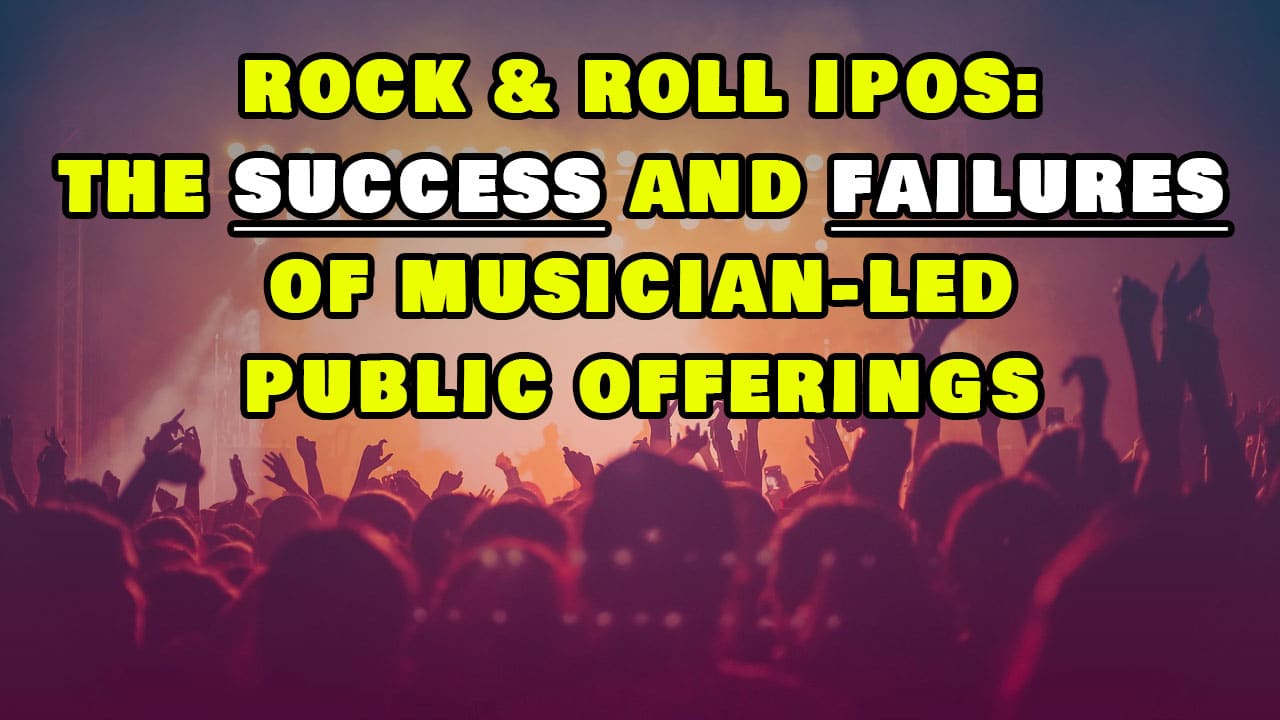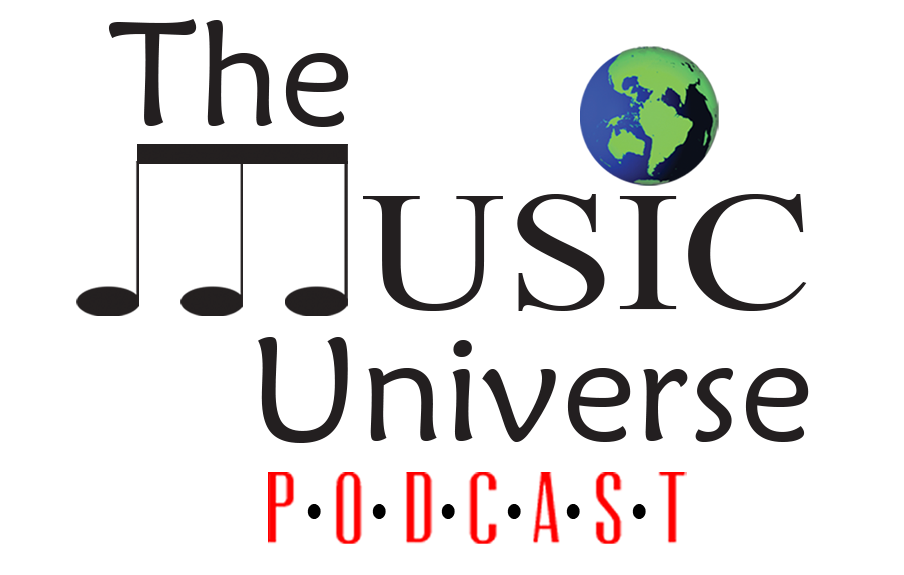Rock and roll IPOs have emerged as an interesting trend in recent years, with musicians exploring new avenues to monetize their talent. Understanding the concept of musician-led IPOs is crucial to analyzing their success and failures. Let’s take a closer look at the evolution and mechanics of these unique financial offerings.
Understanding the Concept of Musician-led IPOs
Musician-led IPOs signify a departure from traditional record label contracts and allow artists to raise capital directly from their fans and investors. This innovative approach provides musicians with greater control over their careers and financial independence. However, the road to success is not without its challenges.
The Evolution of Musician-led IPOs
The concept of musician-led IPOs has evolved over time, driven by the changing landscape of the music industry and advancements in technology. With the rise of digital platforms and crowdfunding, musicians now have the tools to connect with their audience on a more personal level and raise funds for their projects.
In the past, musicians were often at the mercy of record labels, signing contracts that gave the labels control over their music, image, and earnings. This traditional model limited artists’ creative freedom and often left them with only a small portion of the profits from their work. However, with the advent of the internet and social media, musicians gained the ability to reach their fans directly, bypassing the need for record labels.
Platforms like Kickstarter and Patreon have played a significant role in the evolution of musician-led IPOs. These platforms allow artists to pitch their projects to their fans and ask for financial support. In return, fans receive exclusive content, merchandise, or even a share of the artist’s future earnings. This direct connection between artists and fans has revolutionized the way music is funded and has given musicians the opportunity to take control of their careers.
The Mechanics of Musician-led IPOs
Musician-led IPOs typically involve the issuance of shares in the artist’s intellectual property or future revenue streams. Investors and fans can purchase these shares, becoming stakeholders in the artist’s success. However, the success of these offerings relies heavily on factors such as the artist’s reputation, market demand, and the strength of their fanbase.
When an artist decides to pursue a musician-led IPO, they must first determine the value of their intellectual property or future revenue streams. This valuation process can be complex and requires the expertise of financial professionals who specialize in the music industry. The artist needs to consider factors such as their past earnings, projected future earnings, and the potential market demand for their music.
Once the valuation is complete, the artist can begin marketing their IPO to potential investors and fans. This typically involves creating a detailed prospectus that outlines the investment opportunity and the potential returns. The artist may also host events or online campaigns to generate interest and excitement around their IPO.
Investors and fans who decide to participate in a musician-led IPO become stakeholders in the artist’s success. They have a vested interest in supporting the artist’s career and helping them achieve their goals. In return, they may receive dividends from the artist’s earnings, exclusive access to new music and merchandise, or even voting rights on certain decisions.
However, musician-led IPOs are not without risks. The success of these offerings relies heavily on the artist’s ability to deliver quality music and maintain a strong fanbase. If the artist fails to meet expectations or faces challenges in their career, the value of the shares may decrease, resulting in financial losses for investors. Additionally, the artist may face increased pressure to meet the demands of their stakeholders, potentially compromising their artistic integrity.
In the rapidly changing financial landscape, the integration of quantum computing with AI for trading has become a game-changer. Quantum AI trading algorithms process vast amounts of data at unprecedented speeds, enabling quicker and more accurate market predictions. These advanced technologies, however, have also impacted the realm of rock and roll IPOs.
As musician-led public offerings try to ride the wave of celebrity influence, they are simultaneously being evaluated through the cold, predictive lens of quantum AI systems. While some artists have seen tremendous success, backed by both fans and smart algorithms alike, others have faced the harsh reality of a tech-driven market that doesn’t always dance to a pop star’s tune.
In conclusion, musician-led IPOs have emerged as an alternative funding model for artists, offering them greater control over their careers and financial independence. The evolution of digital platforms and crowdfunding has made it easier for musicians to connect with their fans and raise funds for their projects. However, the success of musician-led IPOs relies on various factors, including the artist’s reputation, market demand, and the strength of their fanbase. As this innovative approach continues to evolve, it will be interesting to see how it shapes the future of the music industry.
The Success Stories in Rock & Roll IPOs
Despite the challenges, there have been notable success stories in musician-led IPOs. Understanding the factors contributing to these successes and their impact on the music industry is essential in assessing the viability of this new approach.
Factors Contributing to Successful Musician-led IPOs
The success of musician-led IPOs often hinges on several key factors. These include the artist’s ability to engage their fans, a strong marketing strategy, and a compelling investment proposition. Artists who prioritize transparency and deliver on their promises tend to attract more interest and support from both fans and investors.
Impact of Successful IPOs on the Music Industry
Successful musician-led IPOs have the potential to disrupt the traditional music industry model. By bypassing record labels and traditional contracts, artists gain more control over their creative direction and financial earnings. This shift in power dynamics has the potential to reshape the industry and empower emerging artists.
The Downside: Failures in Musician-led Public Offerings
While there have been success stories, there have also been failures in musician-led IPOs. Understanding the reasons behind these failures and the aftermath is crucial in evaluating the risks associated with this financing method.
Reasons Behind Failed Musician-led IPOs
Failed musician-led IPOs can be attributed to various factors, including a lack of market demand, unrealistic valuation of intellectual property, or inadequate marketing efforts. In some cases, artists may also face legal disputes or encounter challenges in delivering the promised returns, which can negatively impact investor confidence.
The Aftermath of Unsuccessful Musician-led IPOs
Unsuccessful musician-led IPOs can have far-reaching implications for both artists and investors. Artists may face reputational damage, strained relationships with fans, and financial setbacks. On the other hand, investors may experience financial losses and reduced confidence in similar offerings in the future.
The Role of Fans and Investors in Musician-led IPOs
Fans and investors play a crucial role in the success of musician-led IPOs. Understanding their participation and interest is vital in assessing the potential of this alternative financing model.
Fan Participation in Musician-led IPOs
Fans have the opportunity to go beyond passive consumption and become active contributors to their favorite artists’ success through musician-led IPOs. By investing in their idols, fans can demonstrate their support, become part of the artist’s journey, and potentially benefit from financial returns.
Investor Interest in Musician-led Public Offerings
Investors are increasingly drawn to musician-led IPOs due to the potential for high returns and the chance to discover promising talent early on. However, investors need to carefully evaluate the risks associated with these offerings and conduct thorough due diligence before making investment decisions.
The Future of Musician-led Public Offerings
The concept of musician-led IPOs is still relatively new and constantly evolving. Exploring potential trends and assessing the long-term viability of these offerings can provide valuable insights into the future of the music industry.
Potential Trends in Musician-led IPOs
As musician-led IPOs gain traction, we can expect to see trends such as increased transparency, tokenization of intellectual property, and collaborations between musicians and other industries. These developments have the potential to revolutionize the way artists and investors engage with each other.
The Long-term Viability of Musician-led Public Offerings
Ultimately, the long-term viability of musician-led IPOs will depend on their ability to consistently deliver value to both artists and investors. As the industry continues to adapt and regulations evolve, finding the right balance between creativity, financial stability, and investor protection will be crucial.
rock and roll IPOs have certainly opened up new possibilities for artists to finance their projects and connect with their audience. While the concept is still in its early stages, understanding the successes and failures of musician-led IPOs can shed light on the potential future of the music industry. As fans and investors continue to actively participate in these offerings, it remains an exciting time for musicians and their supporters.



